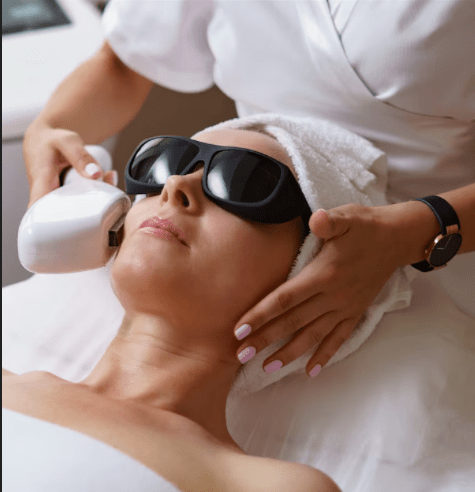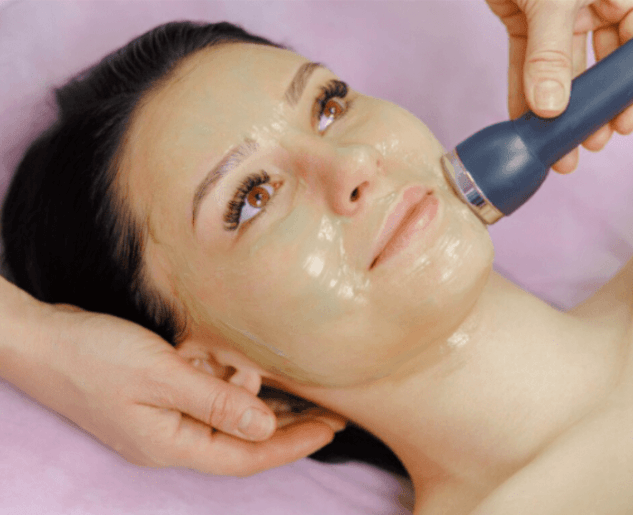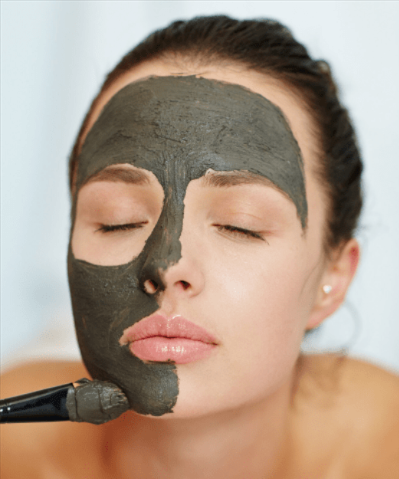South Korea is globally recognized for its high success rates and cutting-edge technology in LASIK eye surgery. Thousands of medical tourists visit the country each year to undergo vision correction procedures at leading eye centers. However, like all surgical interventions, LASIK carries potential risks and complications that every international patient should understand before booking a flight.
This article breaks down the realistic risks of LASIK surgery, with insights from Korea’s top eye clinics, to help medical tourists make informed, confident decisions.
Understanding LASIK: A Quick Overview
LASIK (Laser-Assisted In Situ Keratomileusis) reshapes the cornea using an excimer laser, correcting common vision problems such as:
- Myopia (nearsightedness)
- Hyperopia (farsightedness)
- Astigmatism
While over 95% of LASIK procedures are successful, patients must be aware of the risks, limitations, and individual suitability—especially when traveling abroad for surgery.
1. Dry Eye Syndrome (DES)
➤ What It Is:
LASIK may temporarily disrupt corneal nerves, reducing tear production. This can lead to dry, irritated, or burning eyes, particularly in the weeks following surgery.
➤ What Korea Clinics Recommend:
- Pre-screening for existing dry eye using tear film break-up time (TBUT) and Schirmer’s test
- Post-op prescription of lubricating eye drops
- Use of punctal plugs if symptoms are severe
➤ Medical Tourist Tip:
Bring extra preservative-free artificial tears for your return trip and keep your eyes hydrated during flights.
2. Night Vision Problems (Glare, Halos, Starbursts)
➤ What It Is:
Some patients report difficulty seeing at night, with visual disturbances such as light halos, glare, or starbursts, especially in low-light environments.
➤ Who’s at Risk:
- Patients with larger-than-average pupils
- High myopia or astigmatism
- Inadequate pre-operative mapping
➤ Korea Clinic Approach:
Top clinics like SNU Eye Clinic and B&VIIT Eye Center use Wavefront-guided or Topography-guided LASIK to personalize the treatment and minimize night vision risks.
3. Under- or Over-Correction
➤ What It Is:
In rare cases, the laser may not fully correct the vision, resulting in residual refractive error.
➤ Possible Solutions:
- Enhancement procedure after 3–6 months
- Prescription glasses or contact lenses
➤ Korean Clinic Insights:
Clinics typically delay enhancement until the cornea is fully healed and vision is stable. Advanced eye centers use custom ablation profiles to reduce the likelihood of retreatment.
4. Flap Complications
➤ What It Is:
LASIK involves creating a flap in the cornea. If improperly handled, there may be issues such as flap dislocation, wrinkles (striae), or epithelial ingrowth.
➤ How Korea Minimizes This:
Korean eye centers use bladeless femtosecond lasers (e.g., IntraLase FS) to ensure flap precision and reduce mechanical complications.
5. Regression of Vision
➤ What It Is:
Some patients experience a gradual return of their original refractive error over time, especially those with high myopia.
➤ Clinic Response:
- Thorough pre-operative screening
- Setting realistic expectations
- Monitoring and offering enhancement if needed
6. Infection or Inflammation
➤ What It Is:
Post-operative keratitis or inflammation may occur, although rare.
➤ Korean Clinic Safety Protocols:
- Use of sterile environments and anti-inflammatory eye drops
- Frequent post-op checkups (especially important for short-stay medical tourists)
7. Not Everyone is a Candidate
➤ Contraindications include:
- Thin or irregular corneas
- Severe dry eyes
- Autoimmune disorders
- Pregnancy or breastfeeding
Korean clinics perform comprehensive diagnostics, including corneal topography, wavefront analysis, and pachymetry, to ensure you are a good candidate before proceeding.
How Korean Clinics Reduce LASIK Risks for Medical Tourists
Here’s how leading Korean eye centers protect international patients:
✅ Comprehensive Pre-Surgery Evaluation
✅ Advanced Imaging and Customized Treatment Plans
✅ Multilingual Support and Patient Coordinators
✅ Technology-driven precision (Wavefront, Femto-LASIK, Contoura Vision)
✅ Clear Post-Op Instructions for Travel and Recovery
Questions to Ask Before Your LASIK Surgery in Korea
If you’re traveling from abroad, prepare a list of questions to ask your Korean eye surgeon:
- Am I a good candidate based on my eye health?
- What is your complication rate?
- What technology do you use?
- What should I do if I experience side effects after I return home?
- Is follow-up care included, and how do we stay in touch post-surgery?
Final Thoughts
While LASIK surgery is generally safe and effective—especially in Korea’s top-tier clinics—being informed about the risks is critical. As a medical tourist, you must balance the excitement of travel with the seriousness of surgery. By choosing a reputable clinic, asking the right questions, and following pre- and post-operative care guidelines, you can minimize risks and maximize your LASIK results.




